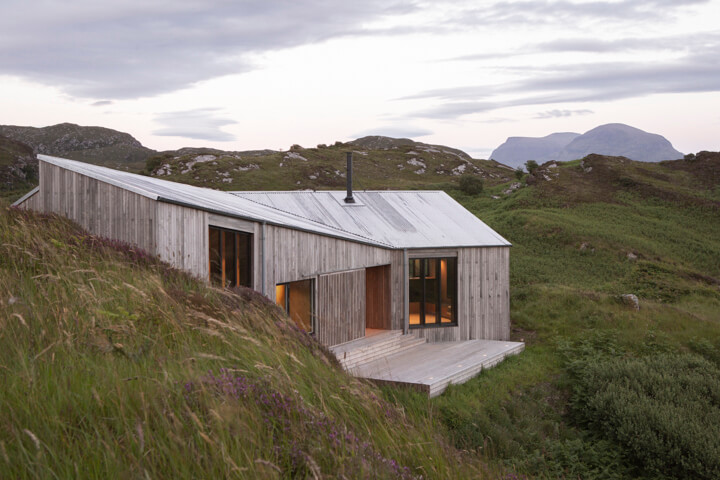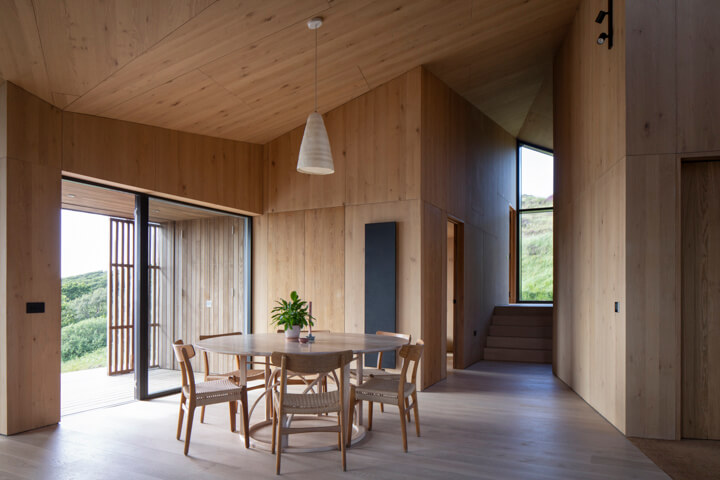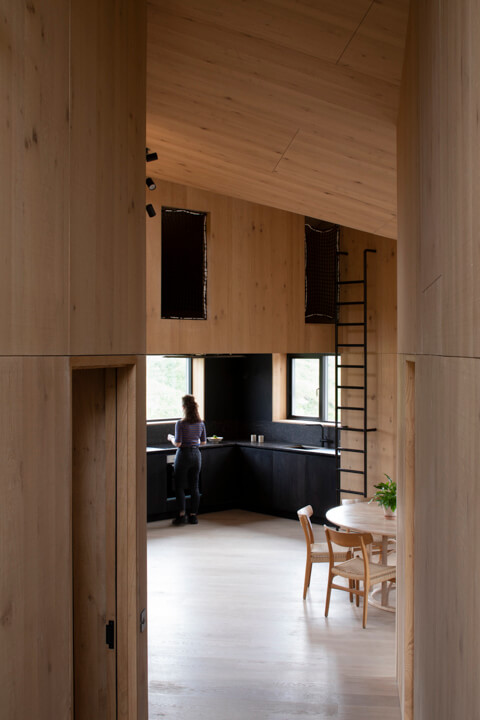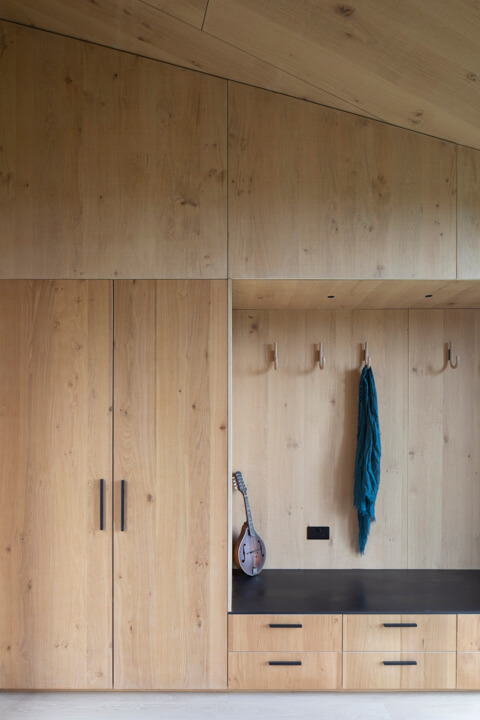Choosing Timber Products for a Circular Economy

Timber is one of the few truly renewable building materials available — but to fully embrace a circular economy, we need to go beyond simply sourcing wood from responsibly managed forests. A circular approach aims to eliminate waste and keep materials in use for as long as possible.

When buying timber products, here are six key principles to consider:

1. Source and Sustainability
Start by selecting timber from well-managed, sustainable sources. Look for independent certification from FSC, PEFC or GIB, and wherever possible, opt for British-grown timber to reduce transport emissions and support local forestry.
2. Durability and Lifespan
Choosing naturally durable timber reduces the need for chemical preservatives and extends the life of the product. Longer-lasting materials delay the need for replacement, keeping carbon locked up and reducing overall environmental impact. Longevity is one of the most effective ways to build sustainably. Avoiding chemical preservatives increases the potential for re-use and recycling into secondary products.
3. Design for Disassembly and Reuse
Think ahead to how timber will eventually be removed or repurposed. Products that can be easily taken apart are far more likely to be reused. Choose mechanical fixings like screws instead of nails or adhesives, and avoid composites or laminates that are difficult to separate.

4. Repairable Products
Favour products that can be repaired, refinished, or renewed. Solid timber can often be sanded and re-coated, unlike laminates or composite materials. Choose simple surface treatments that can be reapplied at home, rather than complex factory-applied coatings that are difficult to maintain.
5. Use of Reclaimed or Recycled Timber
Reclaimed wood gives valuable material a second life and adds character to any project. Also look for manufacturers who use by-products, offcuts, or recycled content in their products — such as OSB or engineered boards made from waste wood.
6. End-of-Life Potential
Finally, consider what happens when the timber reaches the end of its use. Can it be reused, recycled, or, as a last resort, converted to biomass energy? Avoid chemically treated products or additives that make disposal hazardous or limit reuse options.
By making informed choices, we can keep timber in circulation longer, reduce waste, and support a more sustainable, resilient economy.



